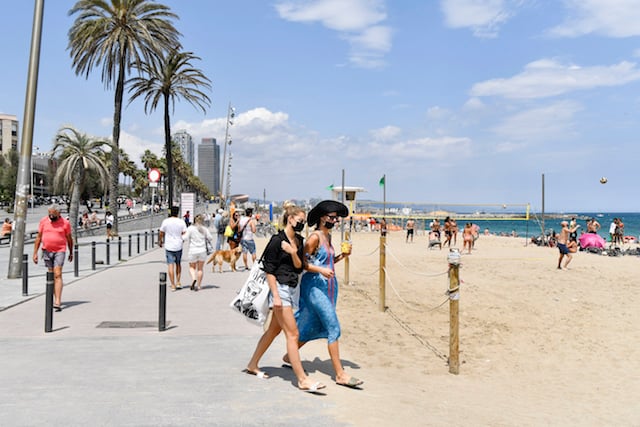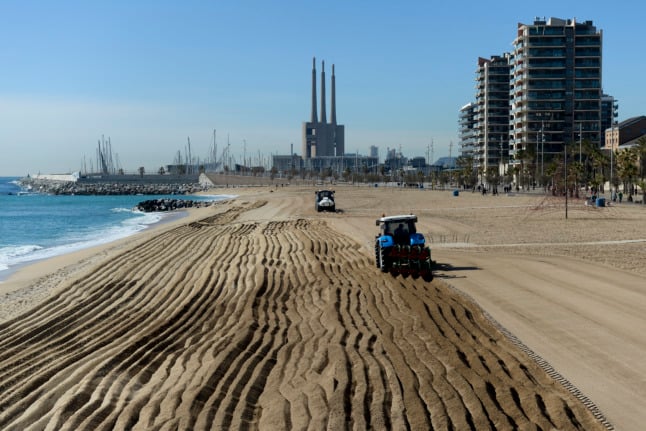Catalan leader Carles Puigdemont, who is in self-imposed exile in Belgium, was not at the demonstration that included pro-independence European Parliament members and several members of the exiled regional government.
“Democracy in Spain is not only sick, it is practically dead,” Spanish MEP Josep-Maria Terricabras, who backs Catalan independence, told the demonstrators.
“I think that it is absolutely terrible that the European institutions don't understand that when you attack democracy you cannot applaud (Spanish Prime Minister Mariano) Rajoy and institutions in Spain that are outside the law,” he added.
The protest, just metres from the European Union's main institutions, came a day after hundreds of thousands of Catalans protested the jailing of regional officials for their push for independence from Spain.
In Brussels, protesters held photos of the jailed officials, as well as signs saying “Shame on you” for the EU's failure to lend support to Catalonia.
Flags from Belgium's Dutch-speaking region of Flanders were also prevalent at the protest, with sympathy deep for the Catalonian cause among Flemish nationalists.
The EU was “founded to not see the return of dictatorship and fascism in Europe,” said the ousted Catalan Minister of Health Antoni Comin.
As Comin spoke, the crowd interrupted with chants of “Libertad (freedom)” and “All not here” in reference to the jailed regional officials in Spain.
Comin is one of five officials who fled to Belgium after Spain dismissed the Catalan executive and imposed direct rule on the semi-autonomous region following the declaration of independence by the parliament there last month.
Belgian judges are reviewing a European arrest warrant filed by Spain on charges of sedition and rebellion against the five Catalans.
Rajoy, who was in Barcelona on Sunday, meanwhile urged businesses not to abandon Catalonia after hundreds of firms moved their legal headquarters away as the uncertainty over the region continues.
On his first visit to Catalonia since his government took direct control of the region, Rajoy asked “all businesses that work or have worked in Catalonia not to go”.
“We have to recover the sensible, practical, enterprising and dynamic Catalonia… that has contributed so much to the progress of Spain and Europe,” Rajoy told members of his Popular Party in Barcelona.
Catalonia's independence crisis has pushed more than 2,400 firms to re-register their legal headquarters outside the wealthy northeastern region.
The International Monetary Fund last month warned that Catalonia could face recession were the uncertainty over secession to linger.
READ ALSO: Barcelona still a contender to take EU Medicines Agency post-Brexit: Spanish government





 Please whitelist us to continue reading.
Please whitelist us to continue reading.